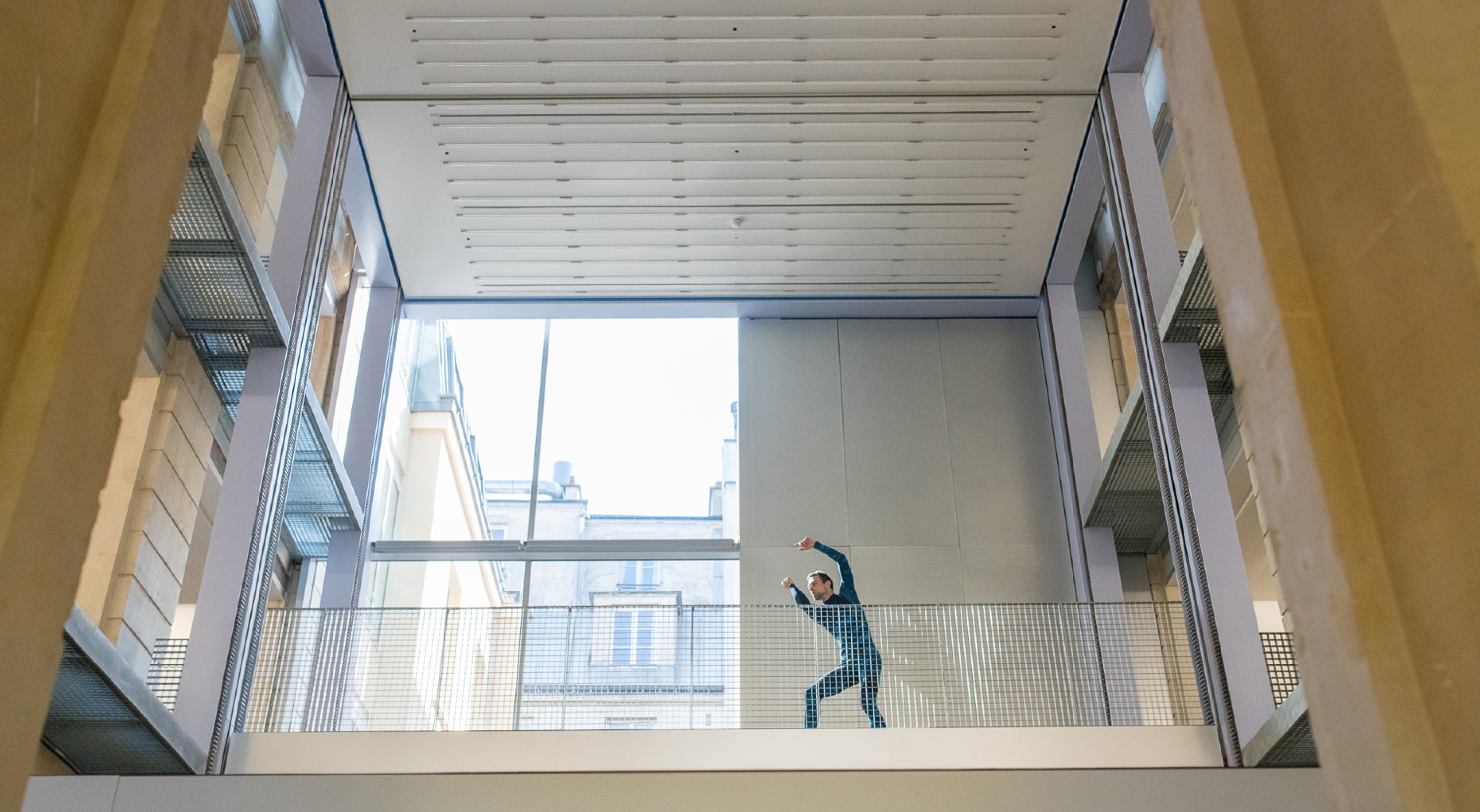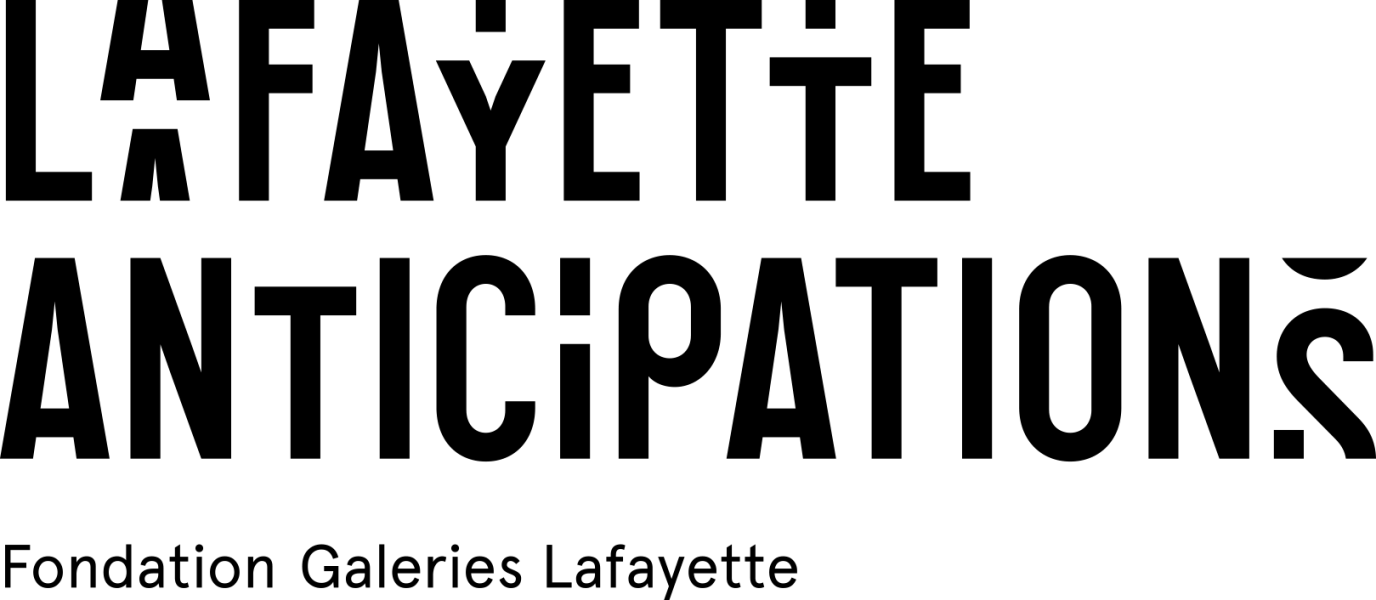Radouan Mriziga
Échelle Humaine / 7
septembersept 22 – 23
7
Concept and choreography, Radouan Mriziga
Co-created and performed by Radouan Mriziga, Maïté Jeannolin, Zoltán Vakulya, Bruno Freire, Eleni-Ellada Damianou, Lana Schneider et Suhad Najm Abdullah
Visual art, Lana Schneider
Musician, Suhad Najm Abdullah
Costumes, Annabelle Locks
Dramaturgic advice, Esther Severi
Artistic advice, Alina Bilokon
Image, Maïté Álvarez
Assistant, Sara Chéu
Thanks to Jozef Wouters
Production Moussem Nomadic Arts Center (Brussels)
Distribution & Tour Management Great (Berlin - DE)
In coproduction with Kaaitheater (Brussels - BE), Kunstenfestivaldesarts (Brussels- BE), Sharjah Art Foundation (Sharjah - UAE), C-Mine cultuurcentrum Genk (Genk - BE), Vooruit (Ghent - BE), PACT Zollverein (Essen - DE). With European Network DNA (Departures and Arrivals) co-funded the Creative Europe Program of the European Union. In collaboration with : Kunstenwerkplaats Pianofabriek (Brussels - BE), Charleroi Danses Centre Chorégraphique de la Fédération Wallonie-Bruxelles (Charleroi - BE), STUK - House for Dance, Image & Sound (Leuven - BE)
La Fondation d’entreprise Hermès is the patron of the Anne Teresa De Keersmaeker Portrait.
Partnership with France Inter
For this first edition of Échelle Humaine, the Lafayette Anticipations dance festival will be teaming up with the Festival d’Automne’s Portrait of Anne Teresa De Keersmaeker. Over the course of a week, the choreographer, in the company of Andros Zins-Browne, Eleanor Bauer and Radouan Mriziga will be taking over the playing spaces of the new foundation with movement. Radouan Mriziga brings this programme to a close with 7, an epic piece for seven dancers and musicians. Taking in the entire Lafayette Anticipations building, the piece confronts moving bodies with architecture.
––––––
Running time: 1h10
See also
In the same place

